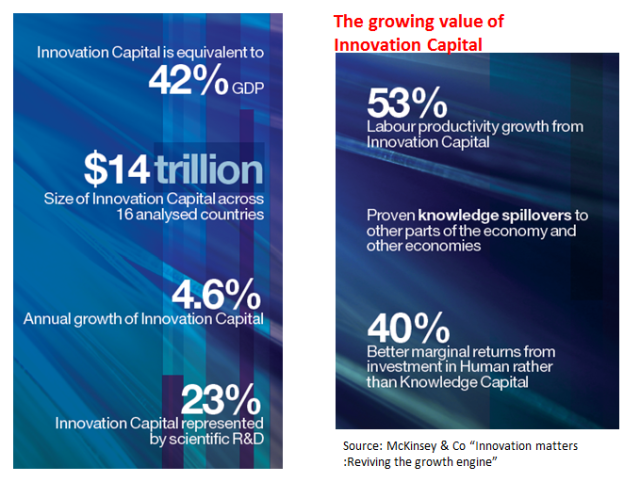 We all should recognize the incredible power of orchestration that is needed in innovation to bring the initial idea into a final successful commercial concept.
We all should recognize the incredible power of orchestration that is needed in innovation to bring the initial idea into a final successful commercial concept.
We have an ongoing need to create, extend and modify resources constantly and to achieve this we need to orchestrate and enable those resources to exploit and execute our innovations.
We need to ‘asset orchestrate’.
One of our blind spots is perhaps the focus on pursuing and organizing around innovation just within an organization and not being as aware of all that is externally going on around us.
There are continued and rapid shifts taking place outside the walls of our organizations, constantly occurring and changing, often it becomes a ‘race’ between spotting an opportunity and executing on it before your competitors do, or the market further moves on and it becomes a lost opportunity to have exploited.
Continue reading “Asset Orchestration is Required for more Dynamic Innovation”




